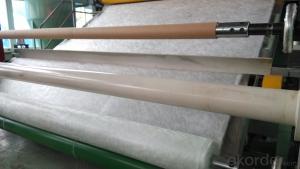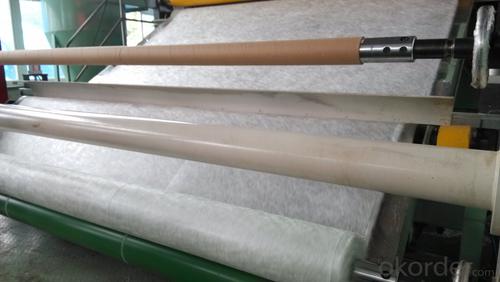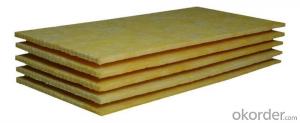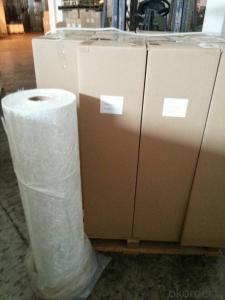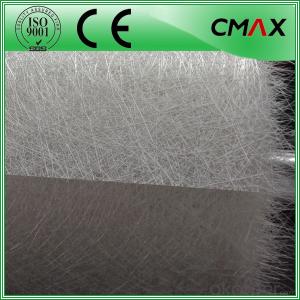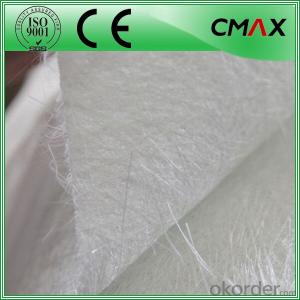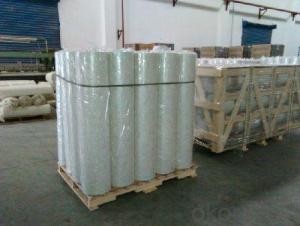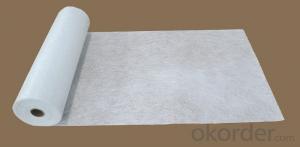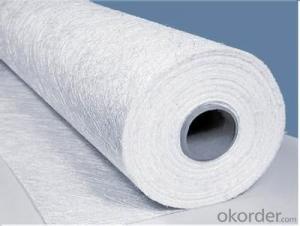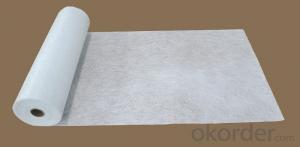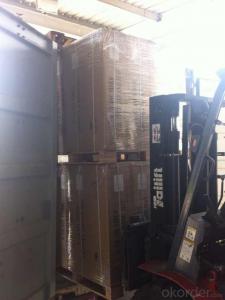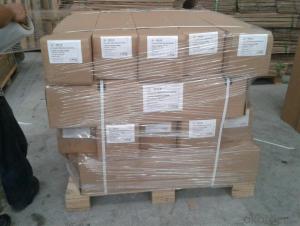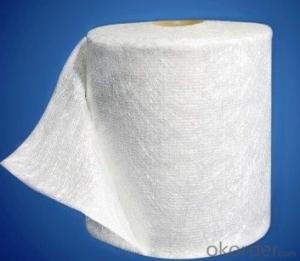Fiberglass Mat Tissue - E-Glass Powder Chopped Strand Mat
- Loading Port:
- China Main Port
- Payment Terms:
- TT OR LC
- Min Order Qty:
- -
- Supply Capability:
- -
OKorder Service Pledge
OKorder Financial Service
You Might Also Like
E-Glass Powder Chopped Strand Mat |
E-Glass Powder Chopped Strand Mat is made of randomly distributed chopped strands held together by a powder binder. It is compatible with UP, VE, EP, PF resins. The roll width ranges from 50mm to 3120mm. Additional demands on wet-out and decomposition time may be available upon request. |
TECHNICAL DATA SHEE
PRODUCT NAME | E-GLASS FIBER CHOPPED STRAND MAT (powder) 450G/M2-1040MM | |
TEST ITEM | STANDARD VALUE | |
UNIT MASS G/M2 | 450±7% | |
R20(%) | ≤0.80 | |
MOISTURE(%) | ≤0.2 | |
LOSS OF IGNITION(%) | 3.5±1.0 | |
TENSILE BREAKING FORCE(N/150MM*200mm) | WARP | ≥150 |
WEFT | ≥150 | |
resin wet-out rates | ≤50 | |
standard | GB/T 17470-2007 | |
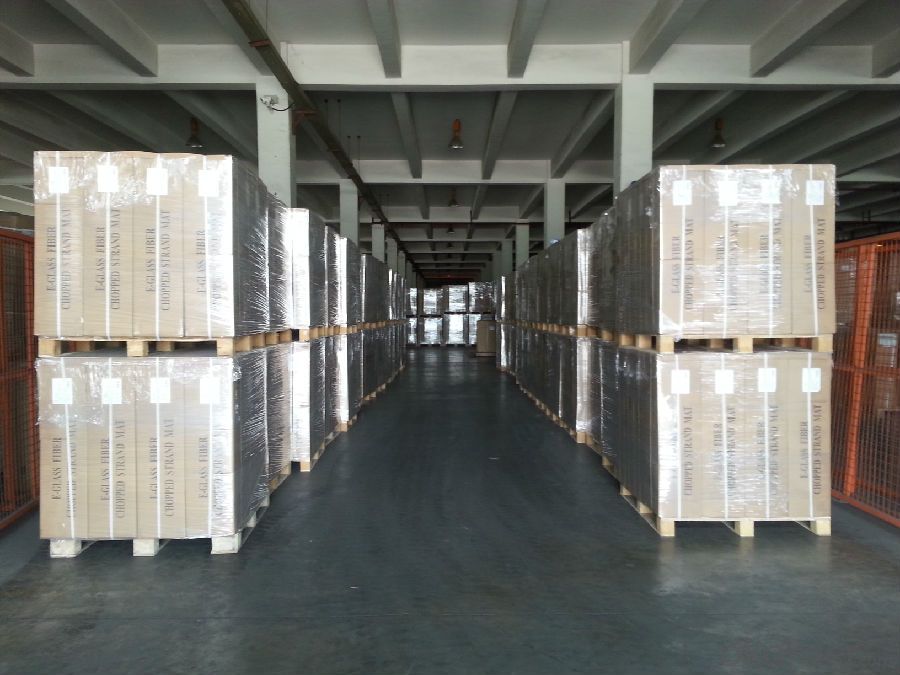
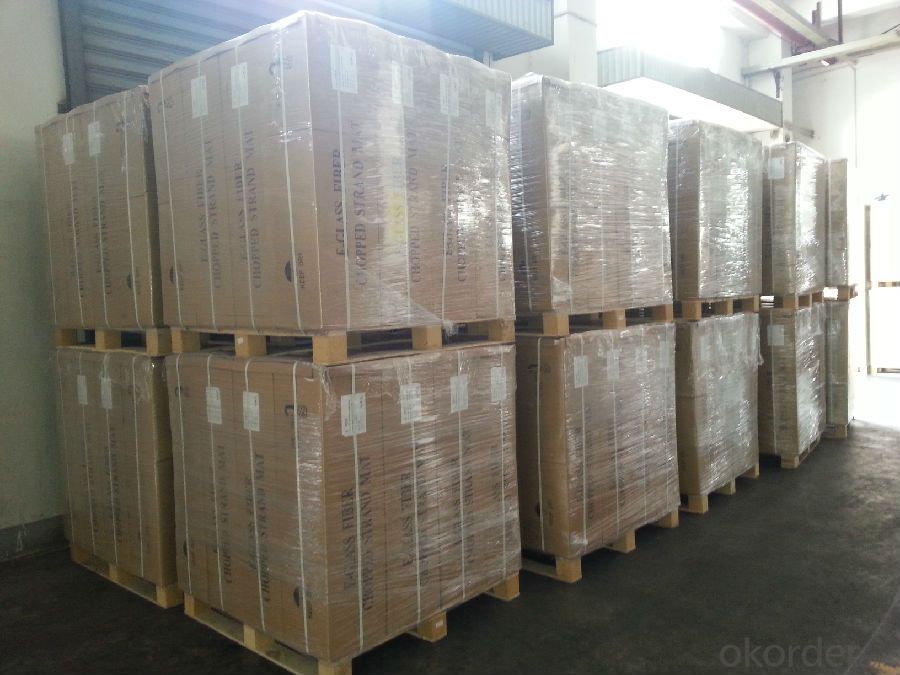
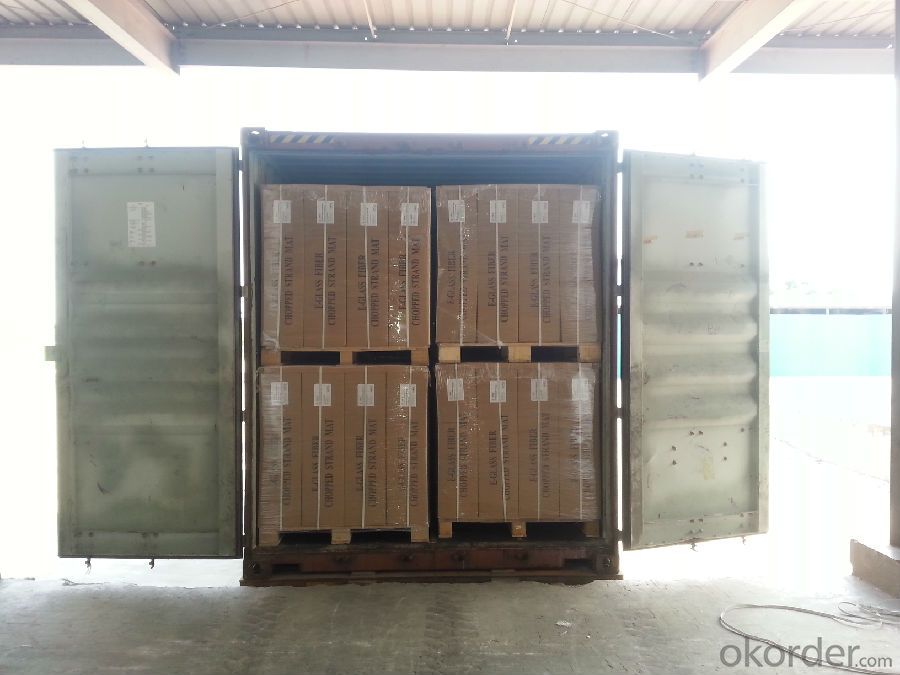
- Q: Can fiberglass mat tissue be used for creating molds?
- No, fiberglass mat tissue cannot be used for creating molds. Fiberglass mat tissue is a thin, lightweight material that is typically used as a reinforcement layer in fiberglass composite applications. It is not designed to be a mold-making material. Instead, materials such as silicone, resin, or plaster are commonly used to create molds due to their ability to capture fine details and provide a smooth surface finish.
- Q: How does fiberglass mat tissue perform in terms of acoustic insulation?
- Fiberglass mat tissue performs well in terms of acoustic insulation. Its dense structure and ability to trap air make it an effective sound absorber, reducing the transmission of sound waves and minimizing noise pollution.
- Q: What are the different reinforcement orientations available for fiberglass mat tissue?
- The different reinforcement orientations available for fiberglass mat tissue include random chopped strand mat (CSM), continuous strand mat (CSM), woven roving, and unidirectional fiberglass.
- Q: Can fiberglass mat tissue be used for making insulation blankets?
- Indeed, insulation blankets can be created by utilizing fiberglass mat tissue. This lightweight and flexible material is frequently employed in insulation scenarios. It possesses remarkable thermal insulation characteristics, as well as the ability to withstand fire, moisture, and chemicals. Moreover, fiberglass mat tissue is effortlessly manageable and installable, rendering it an optimal selection for fabricating insulation blankets applicable across diverse industries, including construction, automotive, and aerospace.
- Q: Can fiberglass mat tissue be used for insulation in cryogenic applications?
- Yes, fiberglass mat tissue can be used for insulation in cryogenic applications. It provides excellent thermal insulation properties and can withstand extremely low temperatures commonly found in cryogenic environments.
- Q: How is fiberglass mat tissue used in the production of storage sheds?
- Fiberglass mat tissue is used in the production of storage sheds to reinforce the structure and provide added strength and durability. It is typically applied as a layer in the construction process, serving as a reinforcement material for the shed's walls, roof, and floor. The fiberglass mat tissue helps to prevent cracking, increase resistance to weather elements, and improve overall longevity of the storage shed.
- Q: Does fiberglass mat tissue provide any sound insulation?
- Indeed, sound insulation is indeed provided by fiberglass mat tissue. This widely-used material finds application in diverse industries such as construction and automotive, where its purpose is to absorb and diminish sound transmission. By means of its fibrous composition, this material efficiently seizes and absorbs sound waves, effectively preventing their penetration through walls or other surfaces. Frequently employed as acoustic insulation, fiberglass mat tissue contributes to the creation of a pleasant and serene atmosphere in walls, floors, and ceilings.
- Q: Is fiberglass mat tissue fire resistant?
- Yes, fiberglass mat tissue is fire resistant. Fiberglass is made from a combination of glass fibers and resin, which gives it excellent fire-resistant properties. It has a high melting point and does not easily ignite or support combustion. Additionally, fiberglass mat tissue is often treated with fire-resistant coatings or additives to further enhance its fire-resistant capabilities. This makes fiberglass mat tissue a popular choice for various applications where fire resistance is required, such as insulation materials, protective clothing, and fireproof barriers.
- Q: What is the moisture absorption rate of fiberglass mat tissue?
- The moisture absorption rate of fiberglass mat tissue is relatively low, as fiberglass is known for its water-resistant properties.
- Q: Can fiberglass mat tissue be used for making lightweight automotive parts?
- Yes, fiberglass mat tissue can be used for making lightweight automotive parts.
Send your message to us
Fiberglass Mat Tissue - E-Glass Powder Chopped Strand Mat
- Loading Port:
- China Main Port
- Payment Terms:
- TT OR LC
- Min Order Qty:
- -
- Supply Capability:
- -
OKorder Service Pledge
OKorder Financial Service
Similar products
Hot products
Hot Searches
Related keywords
